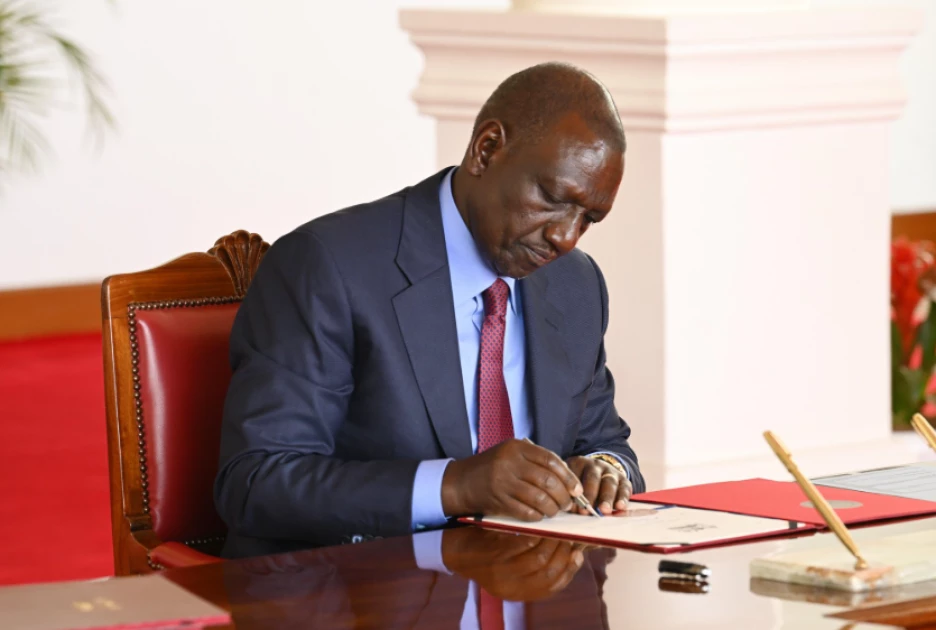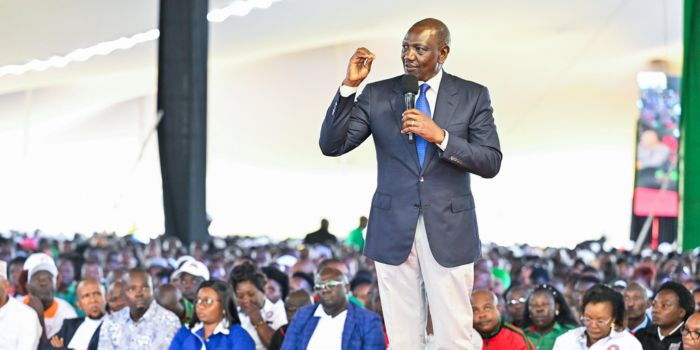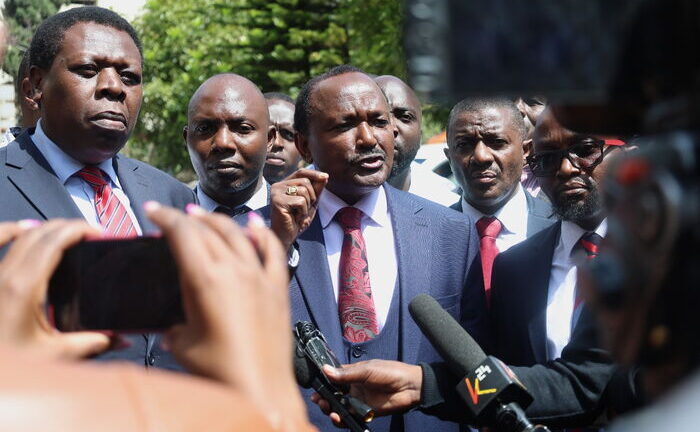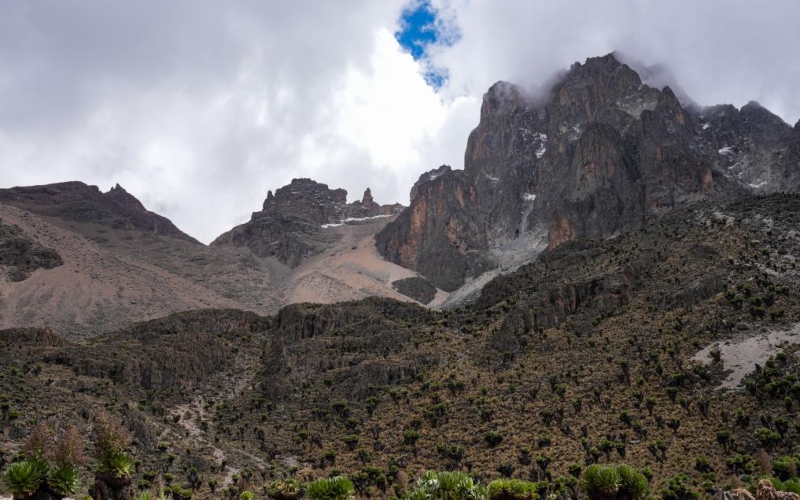
A financial storm is brewing in Kenya as the country’s public debt has ballooned by a staggering Sh1.4 trillion under President William Ruto’s watch—shattering his pre-election vow to curb excessive borrowing.
By the close of 2024, Kenya’s total debt will hit a jaw-dropping Sh10.6 trillion, according to fresh data from the Central Bank.
That’s a 63% debt-to-GDP ratio, way above the recommended 55% threshold, raising red flags both locally and internationally.When Ruto took office in September 2022, Kenya’s debt stood at Sh8.6 trillion.
At the time, he promised a radical shift—ditching loans for investment-led growth and tax reforms.”We will stop running to lenders,” Ruto assured Kenyans just months before clinching power. But that pledge appears to have crumbled under the weight of rising expenditures and missed revenue targets.

Now, Treasury projections for the 2025/2026 financial year paint a grim picture: Sh4.2 trillion in spending and a Sh876 billion budget hole—to be plugged by more borrowing, both locally and abroad.
Even more alarming, Kenya has already blown past its domestic borrowing target by Sh220 billion, raising questions about fiscal discipline and government credibility.
Auditor-General Nancy Gathungu has sounded the alarm, calling the proposed revenue plans unrealistic and warning that the country is getting trapped in a cycle of debt dependency.
Meanwhile, interest payments—a clear marker of debt strain—have surged from Sh171 billion in 2014 to Sh1.2 trillion this year.Despite the red flags, Budget Committee Chair Samuel Atandi downplayed the crisis, claiming, “Debt is unavoidable.
We must borrow prudently.”But with Kenya teetering on the edge of a financial cliff, critics argue the government’s borrowing spree is reckless—and could leave future generations paying the price.






